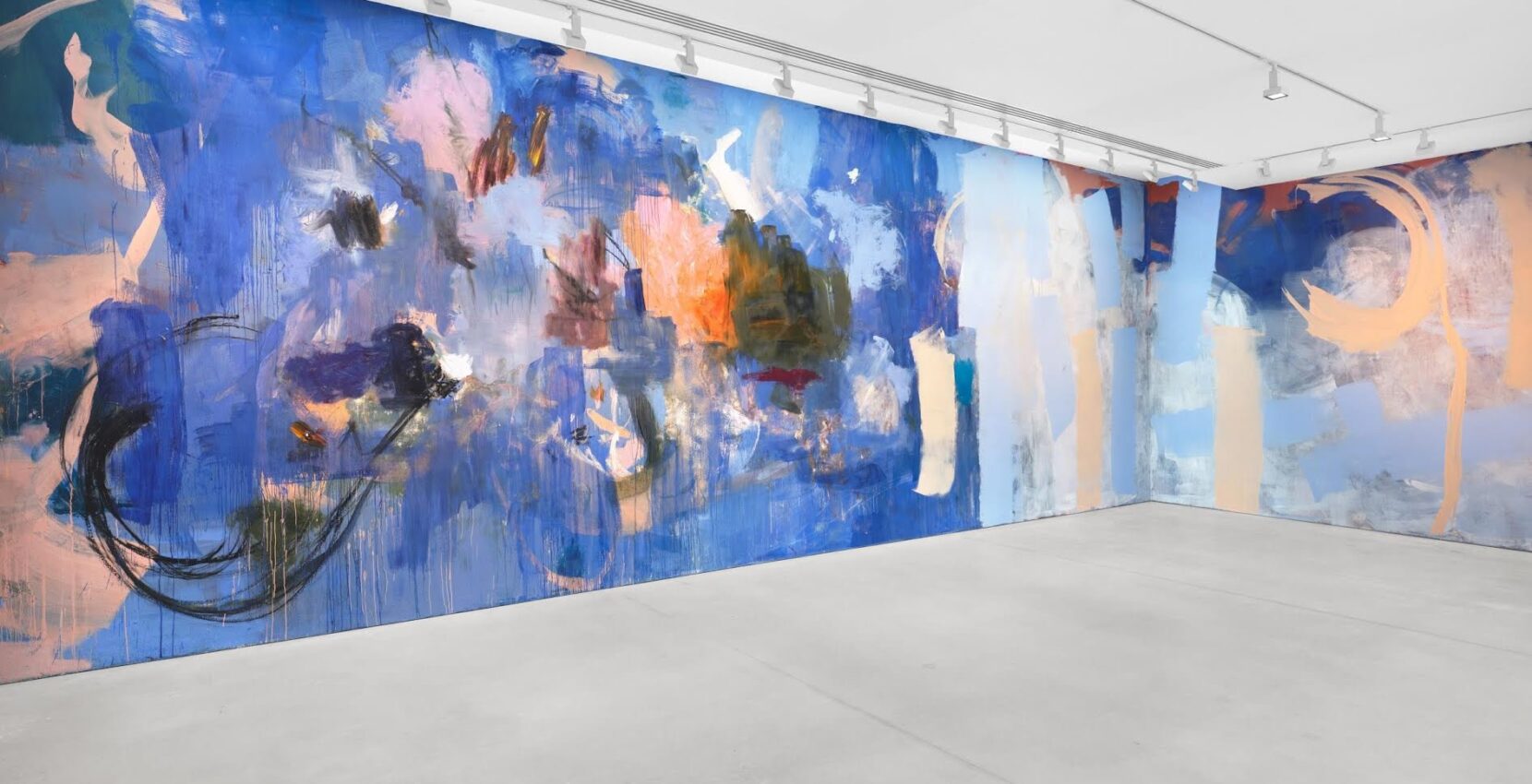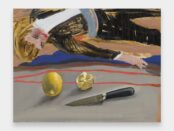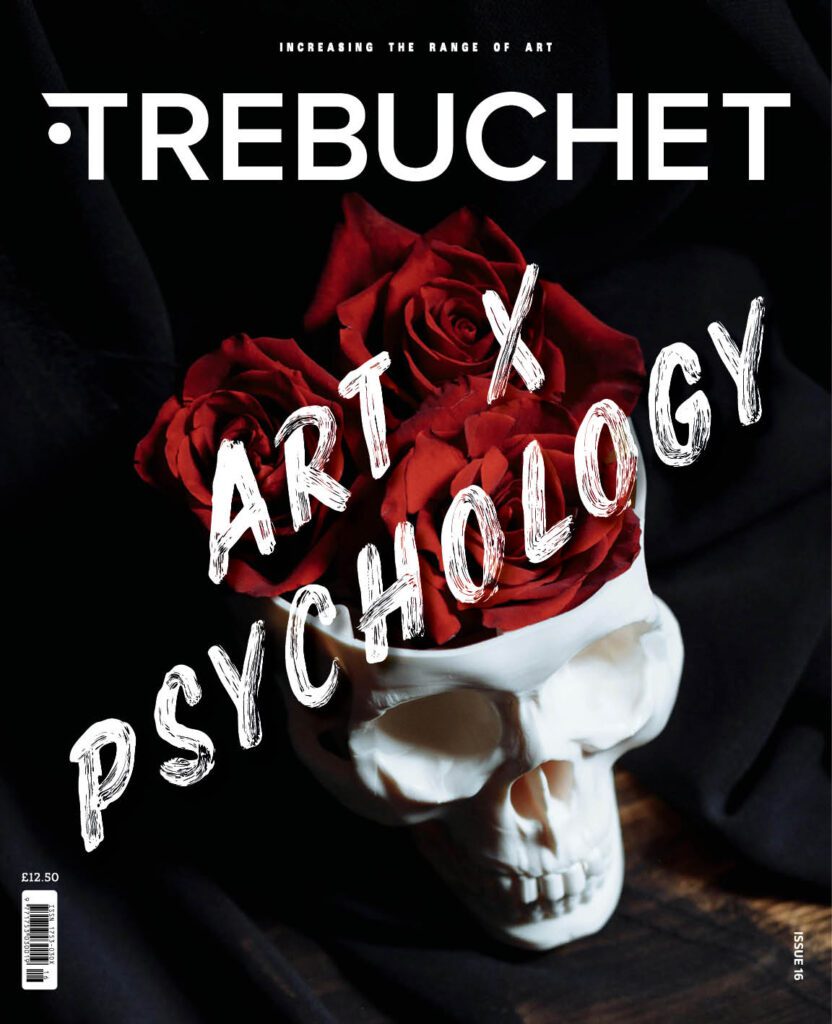The contemporary art market functions on producing objects that will provide a legacy value to the artist and the collector. “Will this artwork increase in value over time?” is a question that relates entirely to the future; one that is becoming financially and materially uncertain.
The concept of “radical impermanence” is an acceptance of the transcendence of all that is living or, indeed, all that is material. An understanding of its fleeting time as a tangible being. It is inherently at odds with our epoch of late-stage capitalism, when we are constantly being fed considerations of what our legacy might be (as if we can cheat our own mortality by producing something that outlives us). In a precarious world, a sense of one’s own humanity is often grounded in the hope of making a difference beyond our mortal years, and ticking off tasks and milestones on a checklist, with its arbitrary, anachronistic timeline.
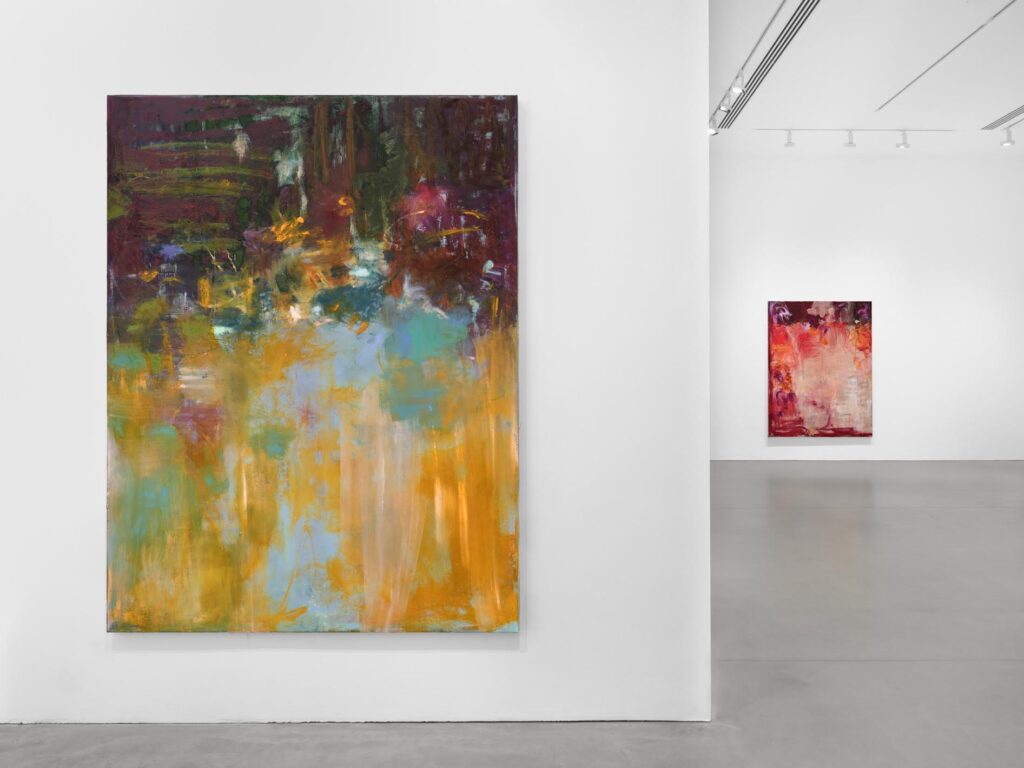
Leaning into a “radical impermanence” is to see all around us in the framework of the present, allowing the individual to dare to think beyond not only the parameters of capitalism, but also those of every doctrine and social condition we think is solid, fiercely bounded, immutable.
Canadian artist Megan Rooney’s show, Echoes and Hours has exploded into University of Cambridge’s Kettle’s Yard, a gallery radiant with charm, quirk, and conservatively good taste. Certain expectations come with visiting a space so intrinsically affiliated with a higher education institution, whilst simultaneously being a local and national institution in its own right.
In Rooney’s show, the concept of radical impermanence is not teased to the viewer, but instead animated beyond the conceptual. The artist calls each body of her work a “family” of paintings, identifying the matriarch, and the youthful members. Most importantly, the transient episodes Rooney strives to capture are inherently fleeting, and are therefore presented as a cacophony of colour, emotion, and untapped wisdom. Upon encountering Rooney’s newest “family”, the spirit of Rothko is certainly in the room.
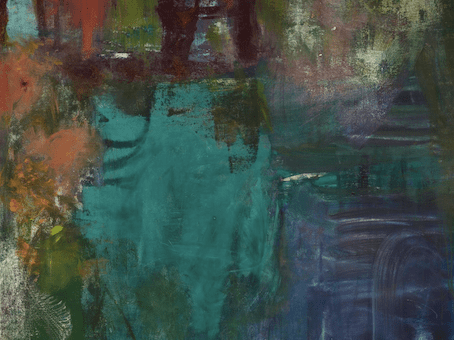
For Rothko’s 2008 exhibition at London’s Tate Modern, curator Achim Borchardrt-Hume aimed to reproduce in the exhibition space the conditions in which the artist created his works , a mere thirty-eight years after his death. Meanwhile at Kettle’s Yard, Rooney acknowledges that the conditions in which she paints are fleeting and spontaneous. The closest the artist wants to get to Tate’s process is to convey one isolated moment to her audience of the future. With a background in dance and performance, Rooney’s entire body, and its entire capacity, is utilised in her work, and while the pieces express grandiose gestured brushstrokes, in a way that the viewer is accustomed to seeing in the abstraction movement, there is nothing roguish about these paintings.
Gallery 2 at Kettle’s Yard is where Echoes and Hours truly comes to life. It is as if Gallery 1 is a taster, an entrée, of Rooney’s practice, but it is the second space where we come face-to-face with the fruits of the artist’s labour. Upon visiting on opening day, guests are reminded in no uncertain terms not to lean on the wall in Gallery 2, as the paint is still fresh. There is something exhilarating about an indoor mural, especially one found within institutional walls. Any impostor syndrome a viewer might feel is instantly dissipated by the fact that an artist has free-painted on the walls of a gallery space.
A more cynical reader might be thinking, “Paint on a gallery wall? How groundbreaking,” but this ultimate project of “radical impermanence,” painted over three weeks, feels daring, refreshing, and a vibrant method of Rooney quite literally making her mark on the institution. After all, when the exhibition ends in October 2024, the walls will be sanded back down, and the mural will be consigned to memory.

The light and environmental conditions surrounding the artist while producing these works were fundamental to the end result. Having initially planned a bright space with warm hues of orange and yellow, cemented by the alignment of the exhibition’s opening with the Summer Solstice, a moderately grey and miserable June in the UK brought a palette skewed more toward the blue, and the final piece is striking in its richness. The “radical impermanence” on view imbues the mural with additional emotional value. It is here in front of us, and we are witnessing something that will be entirely destroyed in a finite period of time. Much like Rooney’s relatively smaller works in Gallery 1, we are invited into Rooney’s world, to experience her mind and body’s imprint through Kettle’s Yard’s walls, with the understanding that we will move on, and so will the works.
Megan Rooney Echoes and Hours
Kettle’s Yard, Cambridge, 22 June – 6 October 2024

Issey Scott is an arts and culture writer and sometime-curator based in London. She has produced texts for exhibitions in the UK, USA and Italy, and her by-lines include RIBA and The Big Issue. She is fascinated by the post-digital urge to transcend the body

